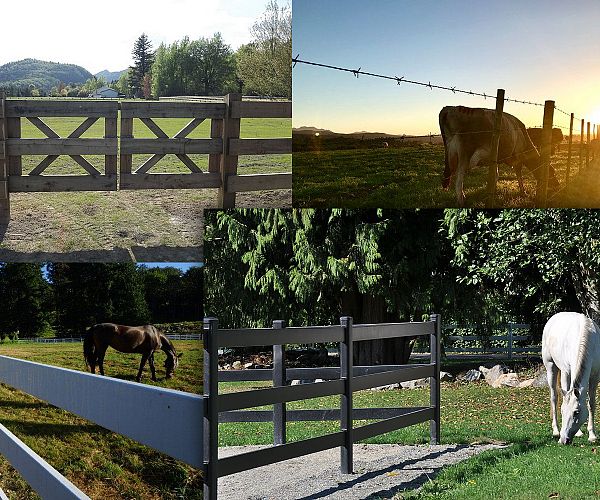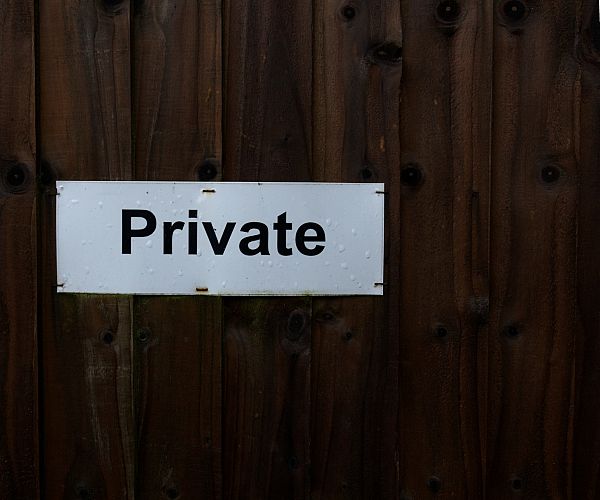Top articles for your agriculture and animal fencing needs
Ensuring you have a properly fenced yard is paramount, particularly when you have animals and agriculture to protect. The last thing you want is...

Barbed-wire fences are well-known for keeping intruders out and keeping your property secure. When people see the little barbs placed on a fence, it instantly deters them from attempting to enter an area.
However, barbed wire fences don’t always have the same effect on animals. Unlike intruders, animals don’t always recognize that the barbs can lead to injuries. When it comes to agricultural fencing, it’s important to consider whether including barbed wires is appropriate or excessive for your animal enclosures.
As always, the type of fence you should use usually depends on the particular purpose of the fence. When fences are used for animals, it’s generally either to keep animals, such as livestock, enclosed within a certain area or keep unwanted animals, such as wild animals, out of an area. In this case, we’re taking a look at the use case for barbed wire fencing as a means of keeping animals such as cattle, sheep, goats and horses in an enclosure.
If you have animals, the safety of your animals should be paramount. With your animals in mind, many alternatives to barbed wire should be considered first, such as high tensile woven wire fences, which won’t hurt your animals. For animals that are a bit more forceful, you have the option to use an electric fence.
Of course, it depends on the type of livestock that you have. Barbed wire fencing is generally used for larger animals such as cattle or more aggressive animals, such as goats. When using barbed wire fences for sheep and certain types of goats though, you should be aware that the fleece of these animals can get caught in the barbs.
Even though they are large animals, barbed wire should never be used for horses as they tend to rub themselves against fences. A horse fence, which is a special type of welded wire fence, should be used instead for horses.
Barbed wire fences are most commonly used for cattle. Though cattle may not recognize the barbs on the fence at first, after being pricked a few times, they often learn to stay away from the fences.
When using barbed wire fences for cattle fencing, barbs do not need to be included on every wire strand of the fence. Having the barbed wire in the strands between the top and bottom strands is usually enough to keep the cattle in while minimizing hurting any other animals.
Overall, if your animals are smaller and not particularly aggressive, you probably don’t need to risk injuring your animals and should look into other types of animal fence. If you have cattle, this type of fence could certainly be taken into consideration.
Barbed wire fences are popular because they are cost effective, which is an important consideration when you need to enclose a large area. Barbed wire fences are also flexible, allowing you to choose between different wire thicknesses and the space between barbs.
The wire thickness and placement of the barbs depends on the animals you would like to enclose. Need more advice on your agricultural fencing in the Fraser Valley? To select the appropriate barbed wire fence for your farm or animals or to consider other types of agricultural fencing, contact A&G Fencing to see how we can help.

Ensuring you have a properly fenced yard is paramount, particularly when you have animals and agriculture to protect. The last thing you want is...

Are you preparing to build and install a fence this year? There is much to know when it comes to putting the best techniques into practice to...

Yes, fences need to be functional, practical and worth your investment. However, another significant factor is how your fence looks in your...

Fences serve a variety of purposes, one of the most important being security and privacy. There are various types of fences that serve the...
Download our comprehensive eBook to find exactly what you're looking for.
Affiliations


-(1).png)
Accepted Payments
